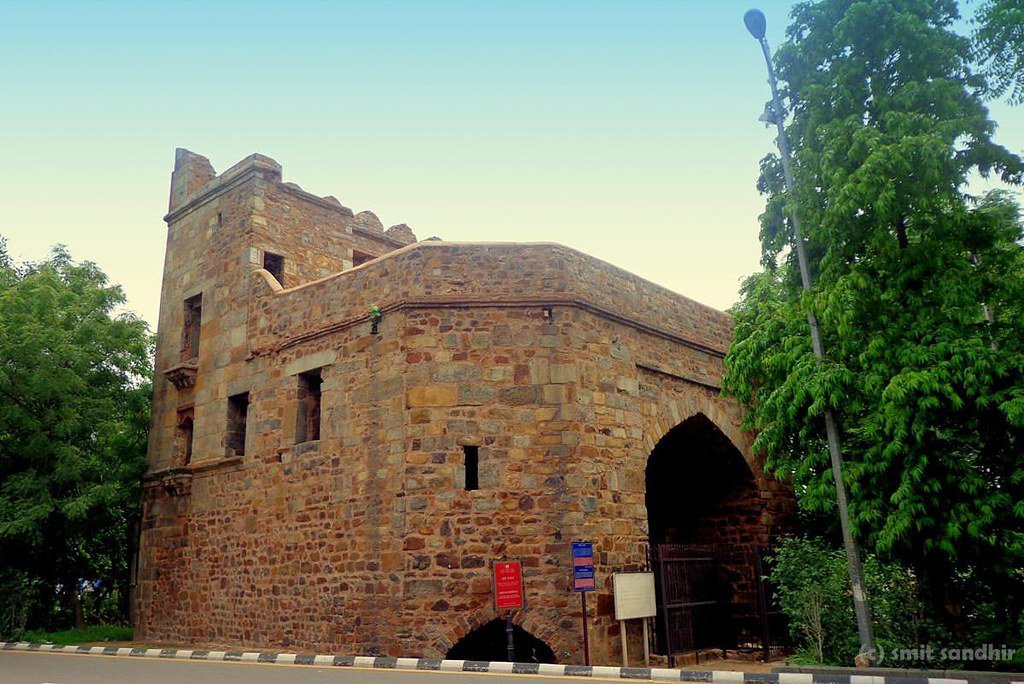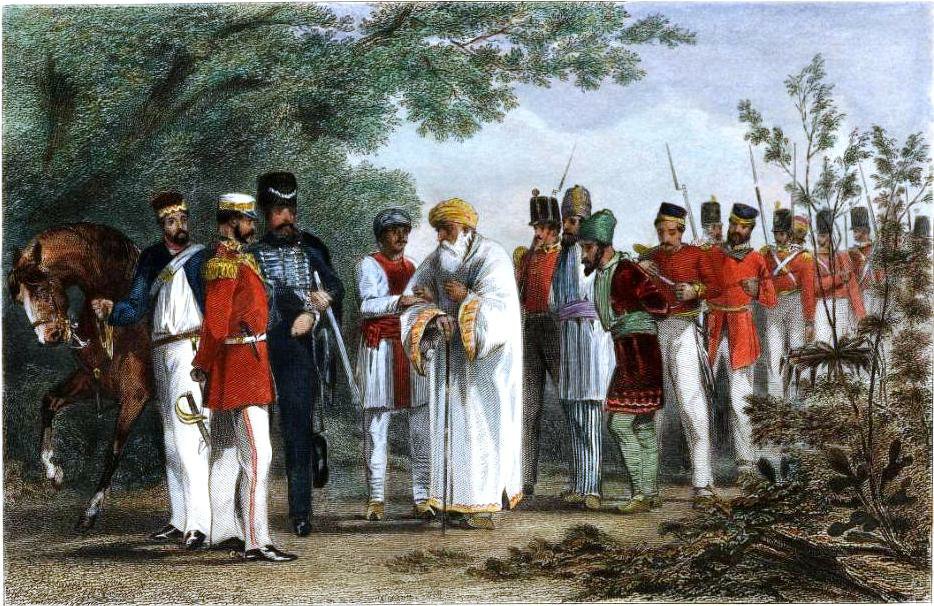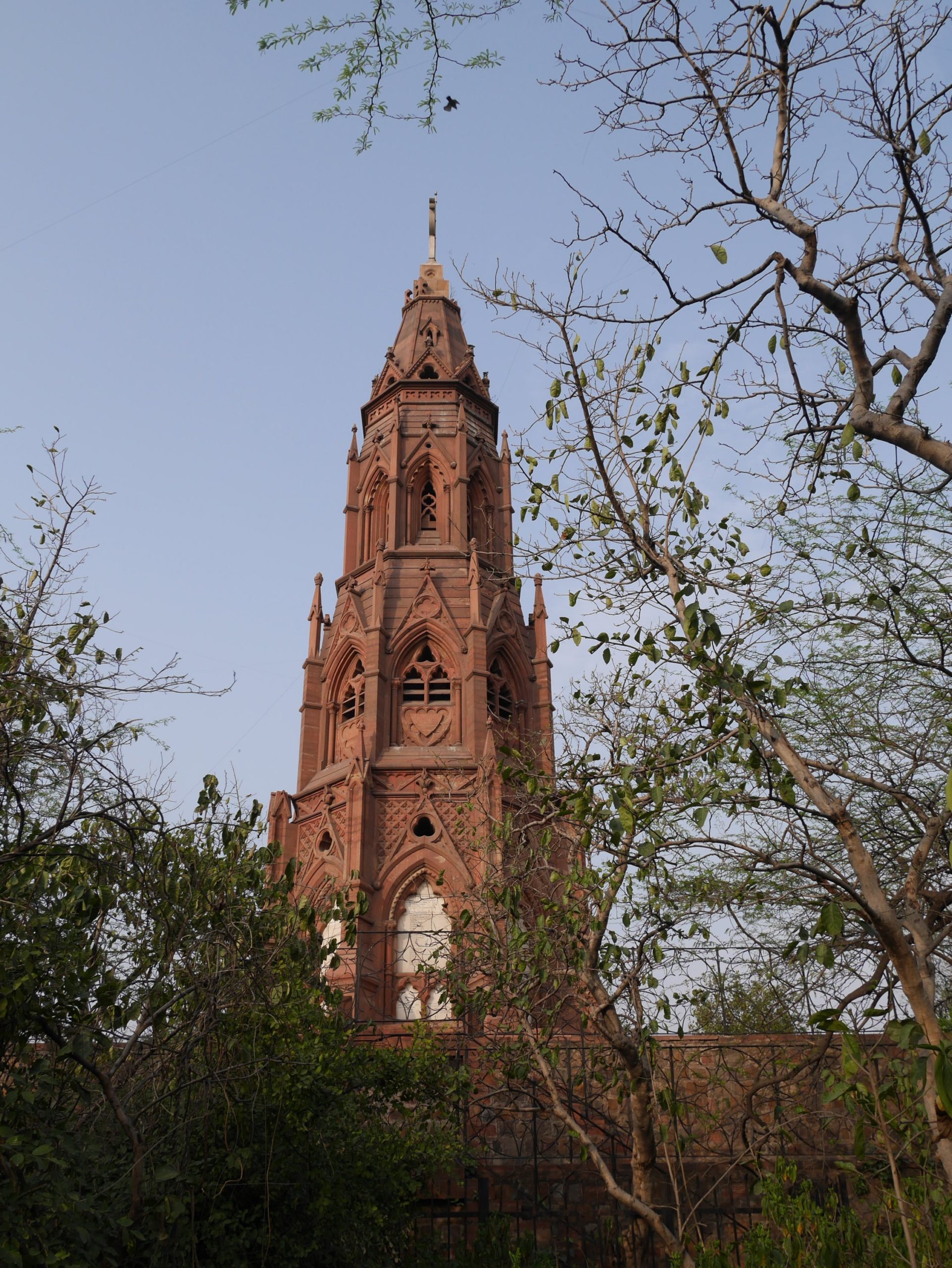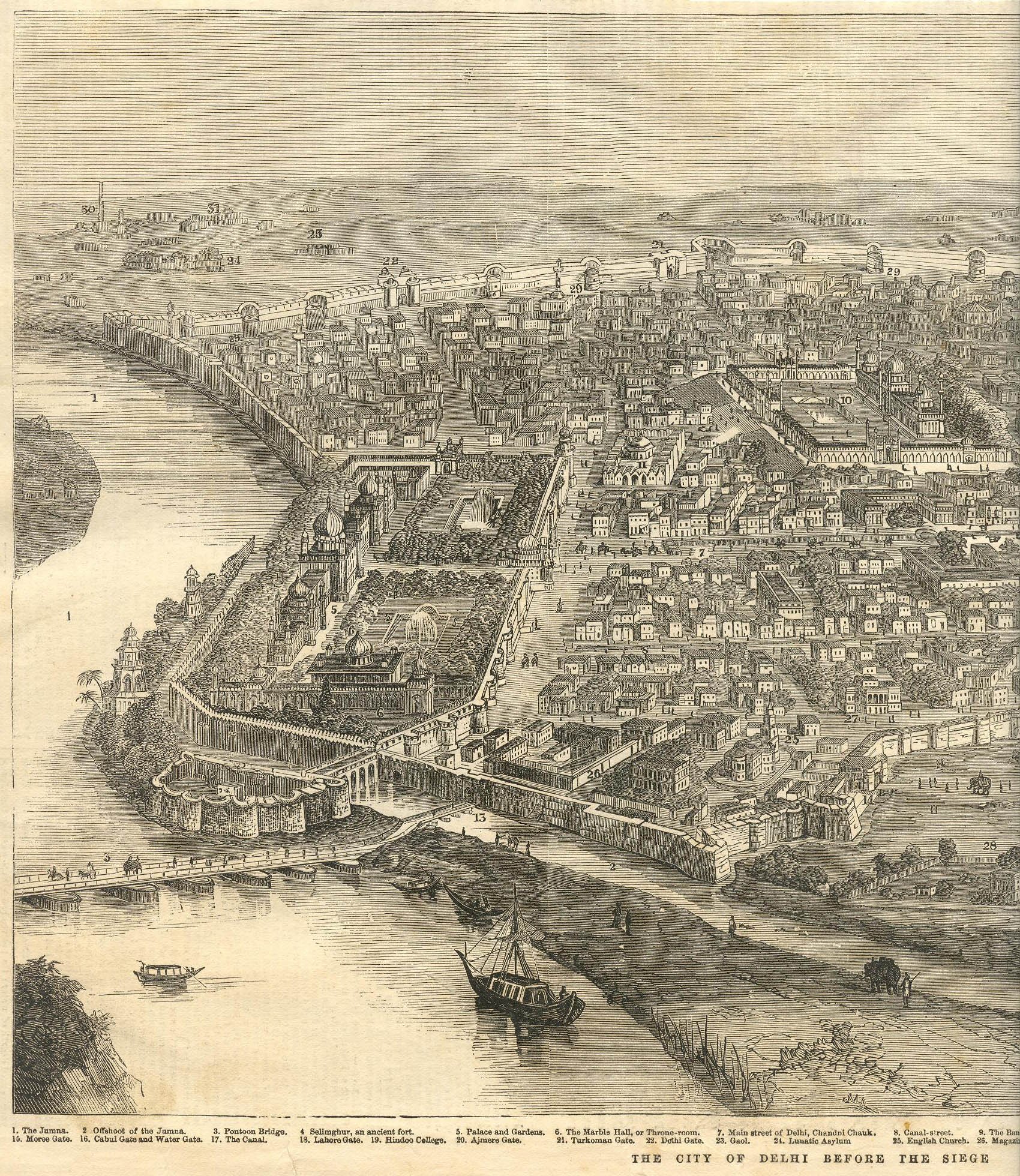How did it begin?
On 10th of May 1857, in the late afternoon, sepoys of the cantonment of Meerut broke out in mutiny. They ransacked and burnt bungalows. Record offices, jails, courts, post offices were destroyed and plundered. After sunset, they marched towards Delhi to reach the gates of Red Fort the next morning. It was the month of Ramzan and Bahadur Shah Zafar had just started his Sehri. Another group of sepoys entered Delhi and started killing Europeans in large numbers. It was evident that Delhi had gone out of the control of the British. Inside the Red Fort, Bahadur Shah Zafar was asked to give his blessings so that legitimacy could be granted to the Sepoys in rebellion. He was proclaimed as the leader of the revolt.
Suppression of the Revolt
The suppression was even more brutal. The British enacted several laws to give legitimate powers even to ordinary Britons to try and punish the Indians. The laws as Rudrangshu Mukherjee writes “Through a series of Acts – numbers VIII, XI, XIV and XVI of 1857 (all passed in May-June) – something much more than martial law was imposed all over north India. In effect these various Acts gave individual Britons the right to judge and take the life of Indians without recourse to the due processes of law”. “By Act No XVI of 1857 all heinous offences committed in any district to which this Act might be extended were made punishable by death, transportation or imprisonment and by forfeiture of all property and effects … These enormous powers … have been extended not to Military Officers only but to Civil Officers and trustworthy persons not connected with the government who under Martial Law properly so called would have had no authority”. The repression began in June 1857 and lasted till September 1857 when Delhi was recaptured by the British. Bahadur Shah Zafar had taken refuge in Humayun’s Tomb. He was captured in September 1857 and was deported to Burma (now Myanmar). His two sons were shot dead by William Hudson at what is now called Khooni Darwaza. The walls and gates of Shahjahanabad were broken for the swift movement of the British troops. Inside the Red Fort, British had created a barrack to station their arms and ammunition. The suppression was also successful because “the regions and groups that experienced benefit of British rule remained loyal”. According to Jawaharlal Nehru, repression by the British was worse “even according to the new standards of barbarity set by the nazism and modern war”
Factors that led to the Revolt: Immediate and Long Term
Historians have not unilaterally discarded the claim that greased cartridges was essentially a rumour that was spread but “it was not entirely devoid of truth” Sekhar Bandyopadhyay writes in the book “From Plassey to Partition and After A History of Modern India”. The sepoys had feared that it was another attempt to create a divide amongst Hindus and Muslims. This could not have been the case since the sepoys believed the rumour only because of the background of apprehension and anxiety that was created by the British. British had inter alia tried to change the culture of the people of India in their mission to “civilise” them. They did so by introducing acts and policies that outlawed the essential practices of Hindus and Muslims. For example, William Bentinck outlawed the Sati Pratha in 1829. Similarly, the social reform movements along with religious conversions by Christian Missionaries were seen as an interference by the British into Indian culture. The fate of Awadh was also one of the reasons that fueled the revolt. After the subsidiary alliance, especially with Awadh, the British had disregarded the royal patronage given to artisans. As a result, many dependents of the royal court were unemployed. Furthermore, the land revenue policy left very little savings with the peasants, many of whose relatives had been in the British Army. Lastly, the plight of the comrades had affected the sepoys, and many of these sepoys were recruited from the region of Awadh.
Sepoy Mutiny or The First War of Independence?
On the face of it, the 1857 war looks like a revolt by a few sepoys. Historian RC Majumdar claims that it was indeed the case since the revolt didn’t spread to other provinces of British India, and didn’t get peasant support. But if dug deeper into the causes of the revolt, we find that it was supported by very few princely kingdoms and some landlords who had been at a loss due to the British revenue policy. Some of the kingdoms were Jhansi led by Rani Laxmibai, in Awadh it was led by Begum Hazrat Mahal, in Kanpur by Nana Saheb, the son of Baji Rao II. In Bihar, Kunwar Singh, a zamindar of Arrah also rebelled against the British. Also on the other side, we could say that any revolution has to be backed not only by a bunch of motivated people who would lay down their lives but also an organized intellectual precondition required for a future course of action. This was absent in this revolt of 1857. Motivation and association were of the common enemy, the British. We can say that the revolt had an essence of nationalism into it, though it wasn’t a pan Indian sentiment. Hence, it is rather safe to say that it was a sepoy mutiny.
Mirza Ghalib who lived during the ransacking of the Delhi writes:
अल्लाह! अल्लाह! दिल्ली न रही, छावनी है,
ना किला न शहर ना बाज़ार ना नहर,
क़िस्सा मुख़्तसर, सहरा सहरा हो गया.
Hence the beautiful city of Shahjahanabad was destroyed in a matter of a few months. Its walls were damaged and the people living inside the city migrated to different cities. As Jawaharlal Nehru writes in his book “An Autobiography”, his family too was forced to migrate to Agra. The once prosperous city died. The Mughal empire came to an end by the death of Bahadur Shah Zafar’s sons and subsequently his own imprisonment in Rangoon, Burma.
Disclaimer: The views expressed are of the author(s) and do not reflect the official policy or position of Diplomacy and Beyond Plus. The publication is not liable for the views expressed by authors.












